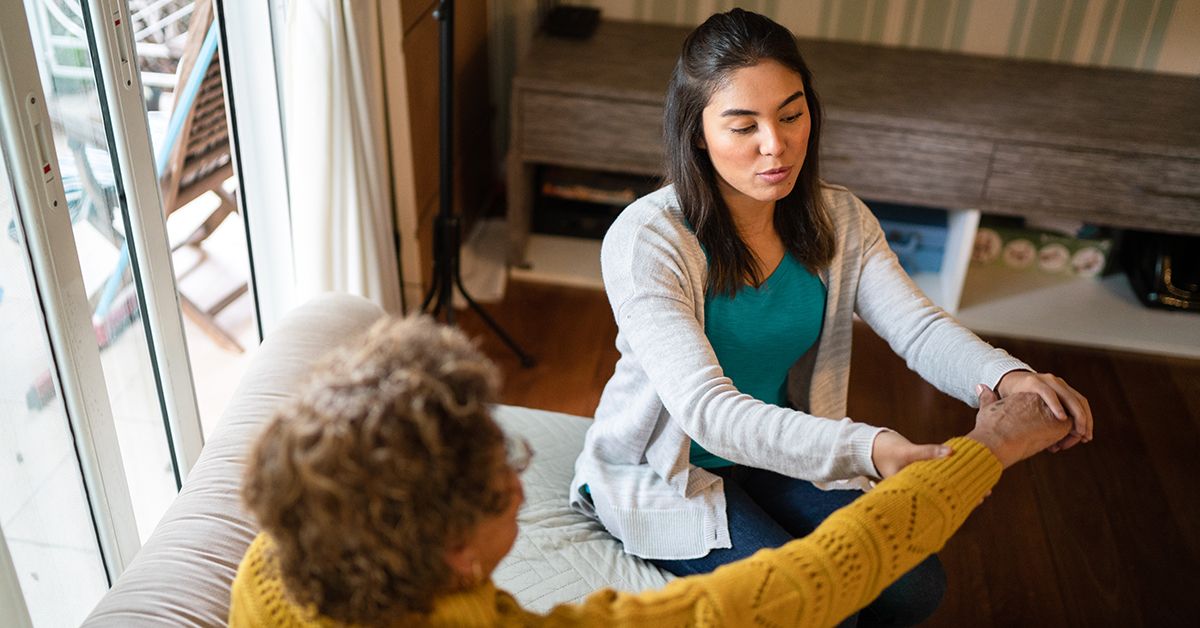Does Physical Therapy Relieve Fibromyalgia Pain? …C0NTINUE READING HERE >>>
BenefitsRecommended exercisesExercise programsFinding a PTSupport groupsTakeaway
Physical therapy may be used alongside other treatments to help reduce fibromyalgia pain and improve mental health.
Chronic pain and fatigue are common symptoms of fibromyalgia. You may also experience sleep, memory, or mood issues as a result of this condition.
There’s no cure yet for fibromyalgia, but doctors may recommend physical therapy in addition to medications and alternative therapies, like massage and acupuncture, to help with your symptoms.
As part of a holistic plan, physical therapy can help you cope with your pain. It may also reduce the frequency and intensity of your symptoms.
This article examines how physical therapy and the right exercise program might help those with fibromyalgia.
How can physical therapy help fibromyalgia?
Physical therapy can offer a variety of benefits for those with fibromyalgia, including:
decreased pain, fatigue, and stiffnessincreased range of motionimproved mental healthreduced need for medications
Research has found that individuals with fibromyalgia may have difficulty with lower aerobic endurance and muscle strength. They are also likely to live a sedentary life because of their pain. This can increase their likelihood of developing other health complications.
With the help of physical therapy, quality of life and productivity can improve.
What types of exercises are recommended for fibromyalgia?
Doctors highly recommend that those with fibromyalgia participate in aerobic and strength training activities. While current research does not offer as much support for flexibility exercises, these exercises may also prove beneficial, especially as part of a warm-up or cool-down routine.
Types of exercise frequently recommended if you have fibromyalgia include:
swimmingcyclingwalkingresistance trainingaquatic exercisesmodified pilatesyogatai chi
You can read more about the best exercises for fibromyalgia here.
What’s the best exercise program for fibromyalgia?
If you’ve received a diagnosis of fibromyalgia, a licensed physical therapist can design or tailor a holistic program specifically for you.
To create your personalized exercise program, a physical therapist will consider your overall health and exercise level. They’ll work with you to develop a workout that is sufficiently challenging but also comfortable enough to do several times per week.
Because fibromyalgia symptoms can fluctuate, your physical therapist may need to make frequent adjustments to your program.
Working out consistently is important, but it can be difficult, especially if you have a painful flare.
Your physical therapist may ask questions about the types of activities you enjoy doing to find ways to motivate you. They may also begin slowly and build up the intensity of your workouts over time to help prevent pain and burnout.
In addition to exercises on land, your physical therapist may suggest aquatic therapy. The warmer water in therapy pools can relax muscles, offer joint relief, and improve circulation.
A physical therapy treatment plan for fibromyalgia may also include massage, the use of a TENS machine, or hot/cold packs to prevent and treat your muscle pain.
In addition to an exercise plan, your physical therapist can provide helpful education about pain management. The skills they teach can be useful in coping with your fibromyalgia symptoms.
What’s the best way to find a licensed, competent PT who is familiar with fibromyalgia?
Your doctor may be able to provide a referral to a local physical therapist who has worked with individuals with fibromyalgia in the past.
Another place you may potentially be able to get referrals is through a local fibromyalgia support group.
If you choose to do your own research, you may wish to look online for a local physical therapist who advertises their work with fibromyalgia and has articles or blogs on their website demonstrating their knowledge of the connection between physical therapy and fibromyalgia.
It’s also usually a good idea to check out their reviews.
Where can you find support groups for those living with fibromyalgia?
If you have fibromyalgia, it’s important to have the support of others who understand what you’re going through. Your doctor or local hospital may be able to suggest an in-person support group near you.
You can also get support online through organizations like the Fibromyalgia Care Society of America.
Another place where you can connect with other people with fibromyalgia is in Meta groups. Research indicates Meta (formerly Facebook) groups can be a source of support for those living with fibromyalgia. But remember that these groups may not always encourage evidence-based approaches to fibromyalgia care.
Takeaway
If you have fibromyalgia, chronic pain can be debilitating. Physical therapy may help reduce your pain, increase your range of motion, and improve your mental well-being. Your doctor may recommend it in combination with medication and alternative therapies.
A physical therapist can help with pain management and develop an individualized exercise plan that includes a mixture of aerobic and strength-building activities. Tai chi, walking, and swimming are some exercises that may be particularly beneficial if you have fibromyalgia.
>
